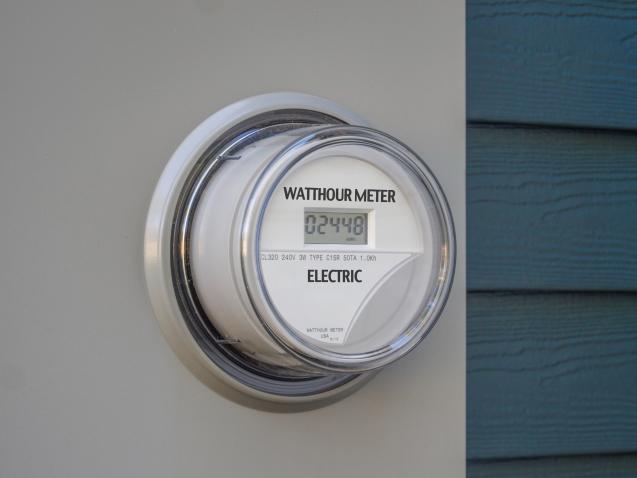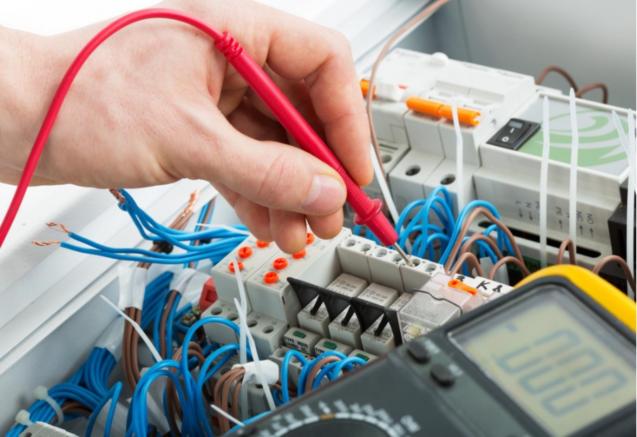
Understanding the energy rating label
So we’re going to break down the components of an energy rating label and explain how you can use them as a guide when shopping. With this knowledge, you'll be equipped to compare options and make smart decisions that are both cost- and eco-friendly. And don’t forget to contact a certified electrician for advice too. Let’s take a look.
Why Does Energy Efficiency Matter?
Energy efficiency matters because of the long-term financial, environmental, and health benefits that come with using less energy and emitting fewer greenhouse gases like carbon dioxide. Beyond lowering monthly bills and helping businesses save money, increasing the energy efficiency of homes and buildings helps conserve natural resources such as oil and gas.
It also reduces air pollution from power plants and eases the strain on the global environment due to rising temperatures, which have in turn been linked to health impacts such as asthma, heart disease, and other respiratory problems. Making conscious efforts to reduce our energy consumption could have an incredible impact on all facets of life: drastically improving the quality of air we breathe for generations to come.
So let’s now take a look at how we can do this by understanding more about the energy rating label on products.
Which Products Display an Energy Rating Label?
Energy rating labels are essential in today's society, as they inform consumers of the wattage or energy usage and emissions of most everyday products. Anything from home appliances, such as refrigerators and washing machines to commercial products and personal care items, from shampoos to television sets, should be displaying an energy rating label. Items that draw electricity when plugged in such as sonic toothbrushes, electric heaters, and air-conditioners also display energy ratings.
Additionally, any item labelled "energy efficient" will have a label specifying its energy rating; this saves time for the consumer during their research on a product before buying it. Understanding which products display an energy rating label can help households make more informed decisions on their purchases. One of the ways is by understanding the running costs.
Using the Label to Calculate Running Costs
Calculating running costs when purchasing an appliance can be a tricky process, but the Energy Rating Label can make this job much simpler. Products with a higher rating are usually more cost-effective to operate in the long run, as they use less energy and therefore cost less to operate over their lifespan.
By using the information contained on the label, such as the kWh per year cost, you can easily compare products and figure out which one will be cheaper to use in the long run. Not only does this save money, but it also helps save natural resources – a win-win scenario. And if you’re still unsure, contact a certified electrician for advice today.



